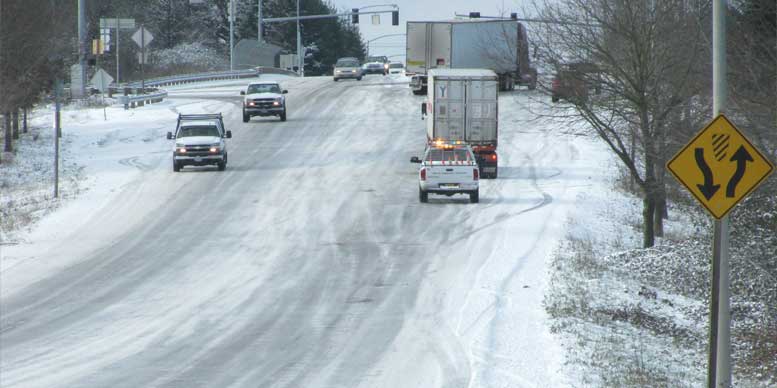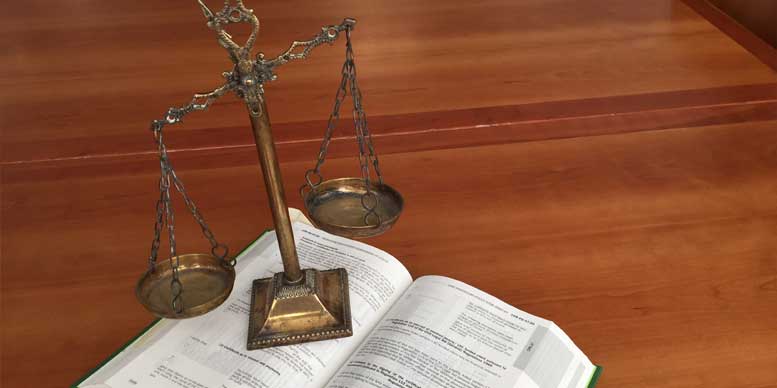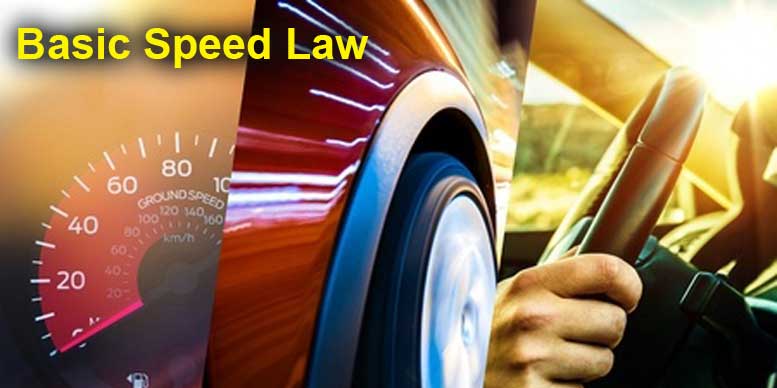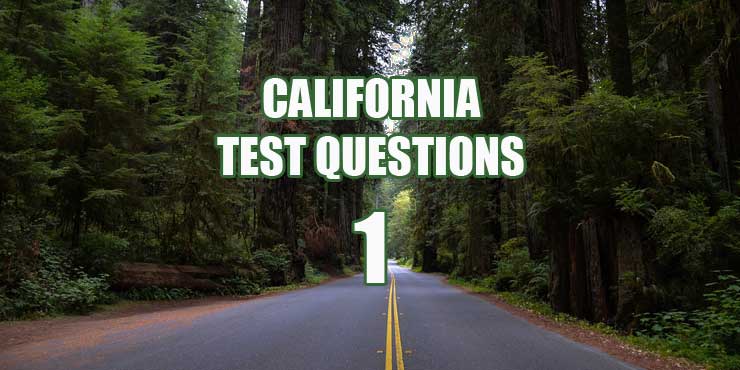The Meaning of California Basic Speed Law
The basic speed law in California says your speed must be reasonable or prudent with due regard to the following:
- Weather
- Visibility
- Traffic on the highway
- Surface of the highway
- Width of the highway
You are not allowed to drive at a speed that endangers the safety of persons or property.
Driving too Fast for Conditions is a Traffic Violation
The basic speed law overrides posted speed limits or limits set by law or local ordinances. Even if you are driving 55 mph where the posted speed limit is 65 mph, you may be stopped and charged with driving too fast for the conditions.

Things to Consider When You Choose Your Speed
Always obey the posted speed limits.
In addition to the posted speed limit, you must adjust your speed to:
- The speed of traffic around you. Try to go with the flow of traffic. If others are slowing down, you should also slow down.
- The number of other vehicles on the road. In congested traffic, accidents are more likely to happen.
- Surface of the road. When to road is slick, adjust your speed accordingly. On a wet road, you should reduce your speed by about ten mph. On packed snow, you should cut your speed in half. On an icy road, you must slow to a crawl. Rough or gravel surfaces can also increase the risk of skidding.
- Width and type of road. You must slow down on narrow, winding roads, before entering a sharp curve, and when approaching the crest of a hill.
- Visibility. Always make sure you can stop within the distance you can see ahead. When you cannot see the road clearly because of rain, fog, snow, dust, or smoke, you must slow down.
- Strong winds. Wind gusts can be a hazard while driving, especially for larger vehicles.
- Bicyclists or pedestrians on or crossing the roadway. Be especially careful when children are nearby, in school zones, and near playgrounds.
- Horses or horse-drawn vehicles. Always slow down when you approach horses or other animals on the road.
Some Examples of DMV Questions
What is the basic law for driving speed?
A. Always drive the posted speed limit.
B. Always drive at a speed that is safe for current conditions.
C. Drive 5-10 miles per hour below the posted speed limit just to be safe.
D. Drive at the same speed as those around you
California’s Basic Speed Law says you must:
A. Only drive at a speed that is safe for current conditions.
B. Always keep your speed close to that of other traffic.
C. Stay in the right lane when driving on multi-lane highways.
D. Do not exceed the posted speed limit by more than ten mph.

California Vehicle Code (V.C. 22350)
No person shall drive a vehicle upon a highway at a speed greater than is reasonable or prudent having due regard for weather, visibility, the traffic on, and the surface and width of, the highway, and in no event at a speed which endangers the safety of persons or property.
Read More
- What does the Basic Speed Law Mean?
- Summary of State Speed Laws
- Understand the Difference Between a Revoked and Suspended License
- California Road Signs and Traffic Signals Test
Photo Credits:
- Driving Photo Mosaic – Copyright: Welcomia
- Snow and ice conditions – Copyright: Oregon Department of Transportation
- Law books – Credit: Vdollero


